Steven T. Karris0970951132, 9780970951137
Table of contents :
Team DDU……Page 1
Preface……Page 5
Contents……Page 7
The Response of a Second Order Circuit……Page 13
The Series RLC Circuit with DC Excitation……Page 14
Response of Series RLC Circuits with DC Excitation……Page 17
Response of Series RLC Circuits with AC Excitation……Page 23
The Parallel GLC Circuit……Page 26
Response of Parallel GLC Circuits with DC Excitation……Page 28
Response of Parallel GLC Circuits with AC Excitation……Page 38
Other Second Order Circuits……Page 41
Summary……Page 48
Exercises……Page 50
Solutions to Exercises……Page 52
Series Resonance……Page 67
Quality Factor Q0s in Series Resonance……Page 70
Parallel Resonance……Page 72
Quality Factor Q0p in Parallel Resonance……Page 75
General Definition of Q……Page 76
Energy in L and C at Resonance……Page 77
Half-Power Frequencies – Bandwidth……Page 78
A Practical Parallel Resonant Circuit……Page 82
Radio and Television Receivers……Page 83
Summary……Page 86
Exercises……Page 88
Solutions to Exercises……Page 90
Signals Described in Math Form……Page 97
The Unit Step Function……Page 98
The Unit Ramp Function……Page 106
Sampling Property of the Delta Function……Page 108
Sifting Property of the Delta Function……Page 109
Higher Order Delta Functions……Page 111
Summary……Page 115
Exercises……Page 116
Solutions to Exercises……Page 117
Definition of the Laplace Transformation……Page 119
Properties of the Laplace Transform……Page 120
The Laplace Transform of Common Functions of Time……Page 130
The Laplace Transform of Common Waveforms……Page 141
Summary……Page 147
Exercises……Page 152
Solutions to Exercises……Page 155
Partial Fraction Expansion……Page 161
Case for m >= n……Page 173
Alternate Method of Partial Fraction Expansion……Page 175
Summary……Page 178
Exercises……Page 180
Solutions to Exercises……Page 182
Circuit Transformation from Time to Complex Frequency……Page 185
Complex Impedance Z(s)……Page 192
Complex Admittance Y(s)……Page 194
Transfer Functions……Page 197
Summary……Page 201
Exercises……Page 202
Solutions to Exercises……Page 205
Decibel……Page 217
Bandwidth and Frequency Response……Page 219
Octave and Decade……Page 220
Bode Plot Scales and Asymptotic Approximations……Page 221
Construction of Bode Plots when the Zeros and Poles are Real……Page 222
Construction of Bode Plots when the Zeros and Poles are Complex……Page 228
Corrected Amplitude Plots……Page 241
Summary……Page 252
Exercises……Page 254
Solutions to Exercises……Page 255
The Nature of Inductance……Page 263
Mutually Coupled Coils……Page 265
Establishing Polarity Markings……Page 273
Energy Stored in a Pair of Mutually Coupled Inductors……Page 276
Circuits with Linear Transformers……Page 282
Reflected Impedance in Transformers……Page 287
The Ideal Transformer……Page 290
Impedance Matching……Page 294
A Simplified Transformer Equivalent Circuit……Page 295
Thevenin Equivalent Circuit……Page 296
Summary……Page 300
Exercises……Page 304
Solutions to Exercises……Page 306
Introduction and Definitions……Page 311
One-port Driving-point and Transfer Admittances……Page 312
One-port Driving-point and Transfer Impedances……Page 317
The y Parameters……Page 322
The z parameters……Page 329
The h Parameters……Page 334
The g Parameters……Page 339
Reciprocal Two-Port Networks……Page 344
Summary……Page 348
Exercises……Page 353
Solutions to Exercises……Page 355
Three-Phase Connections……Page 363
Transformer Connections in Three-Phase Systems……Page 366
Line-to-Line and Line-to-Neutral Voltages and Currents……Page 367
Equivalent Y and Loads……Page 372
Computation by Reduction to Single Phase……Page 382
Three-Phase Power……Page 383
Instantaneous Power in Three-Phase Systems……Page 385
Measuring Three-Phase Power……Page 389
Summary……Page 392
Exercises……Page 394
Solutions to Exercises……Page 395
Command Window……Page 399
Roots of Polynomials……Page 401
Polynomial Construction from Known Roots……Page 402
Evaluation of a Polynomial at Specified Values……Page 404
Rational Polynomials……Page 406
Using MATLAB to Make Plots……Page 408
Subplots……Page 417
Multiplication, Division and Exponentiation……Page 418
Script and Function Files……Page 424
Display Formats……Page 429
Simple Differential Equations……Page 431
Classification……Page 433
Solutions of Ordinary Differential Equations (ODE)……Page 436
Solution of the Homogeneous ODE……Page 438
Using the Method of Undetermined Coefficients for the Forced Response……Page 440
Using the Method of Variation of Parameters for the Forced Response……Page 450
Exercises……Page 454
Matrix Definition……Page 455
Matrix Operations……Page 456
Special Forms of Matrices……Page 459
Determinants……Page 463
Minors and Cofactors……Page 466
Cramer’s Rule……Page 470
Gaussian Elimination Method……Page 473
The Adjoint of a Matrix……Page 474
The Inverse of a Matrix……Page 475
Solution of Simultaneous Equations with Matrices……Page 477
Exercises……Page 484
The Excel Spreadsheet Window……Page 485
Instructions for Constructing Semilog Plots……Page 486
Frequency Scaling……Page 489
Exercises……Page 496
Solutions to Exercises……Page 497

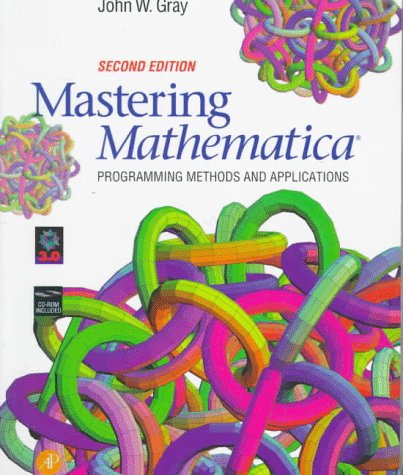
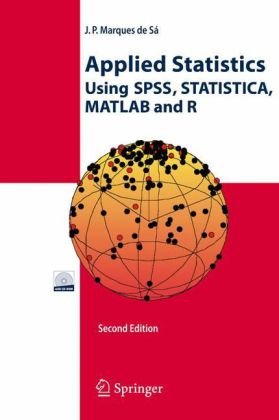
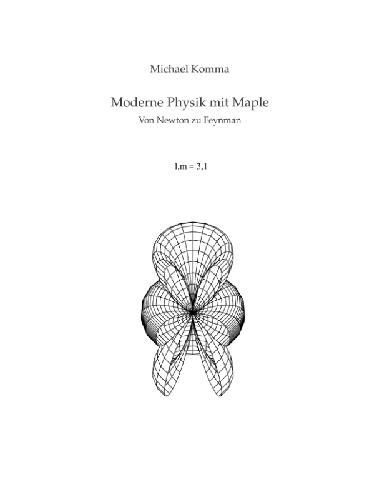

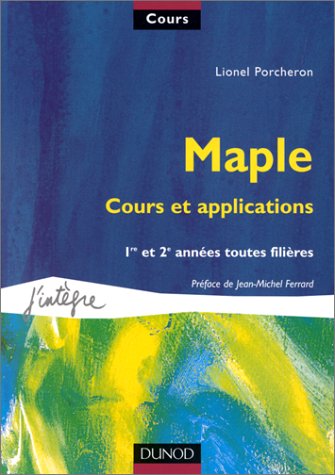
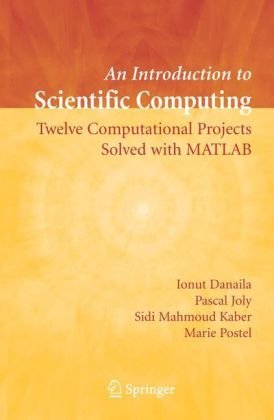
Reviews
There are no reviews yet.